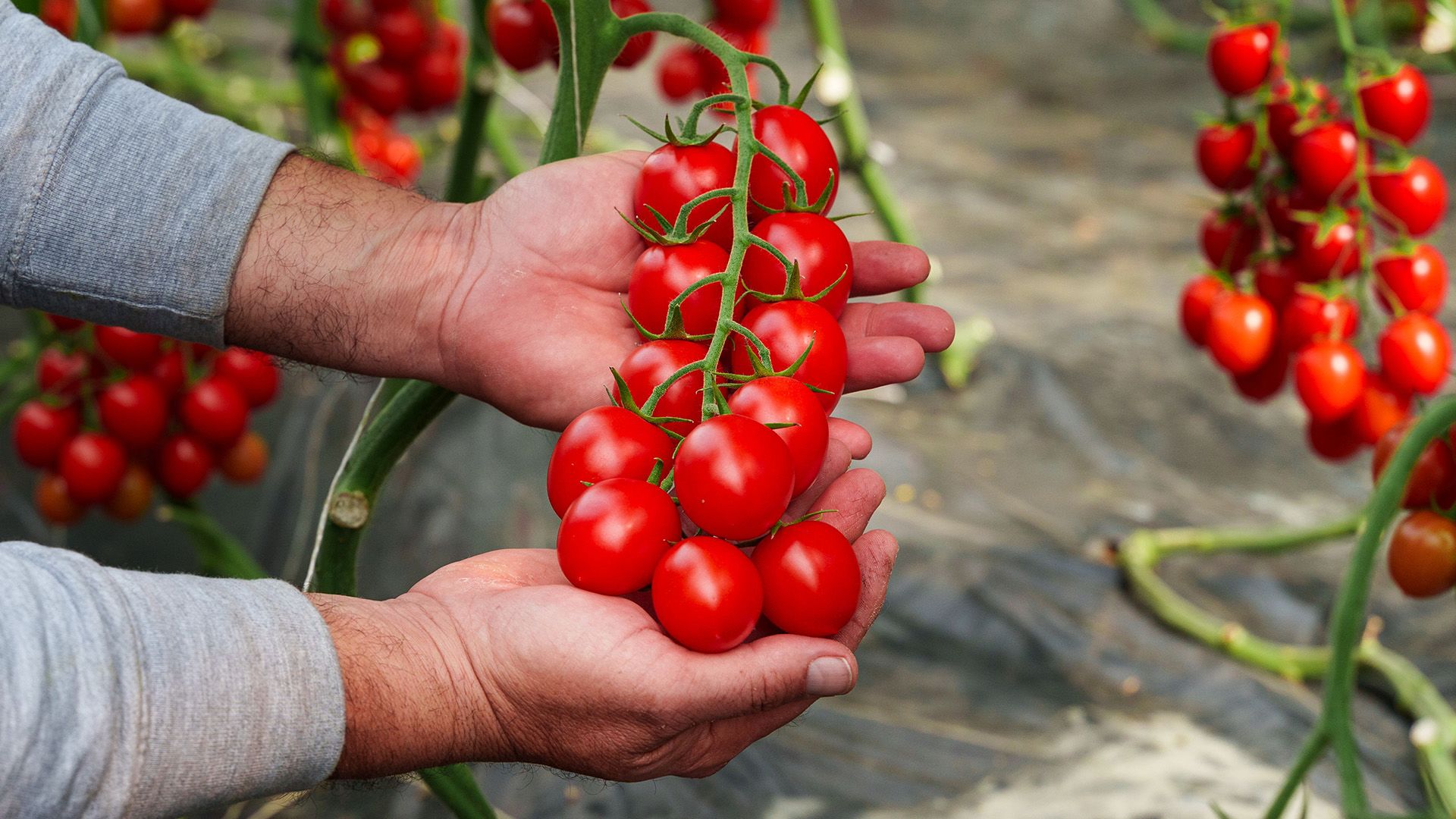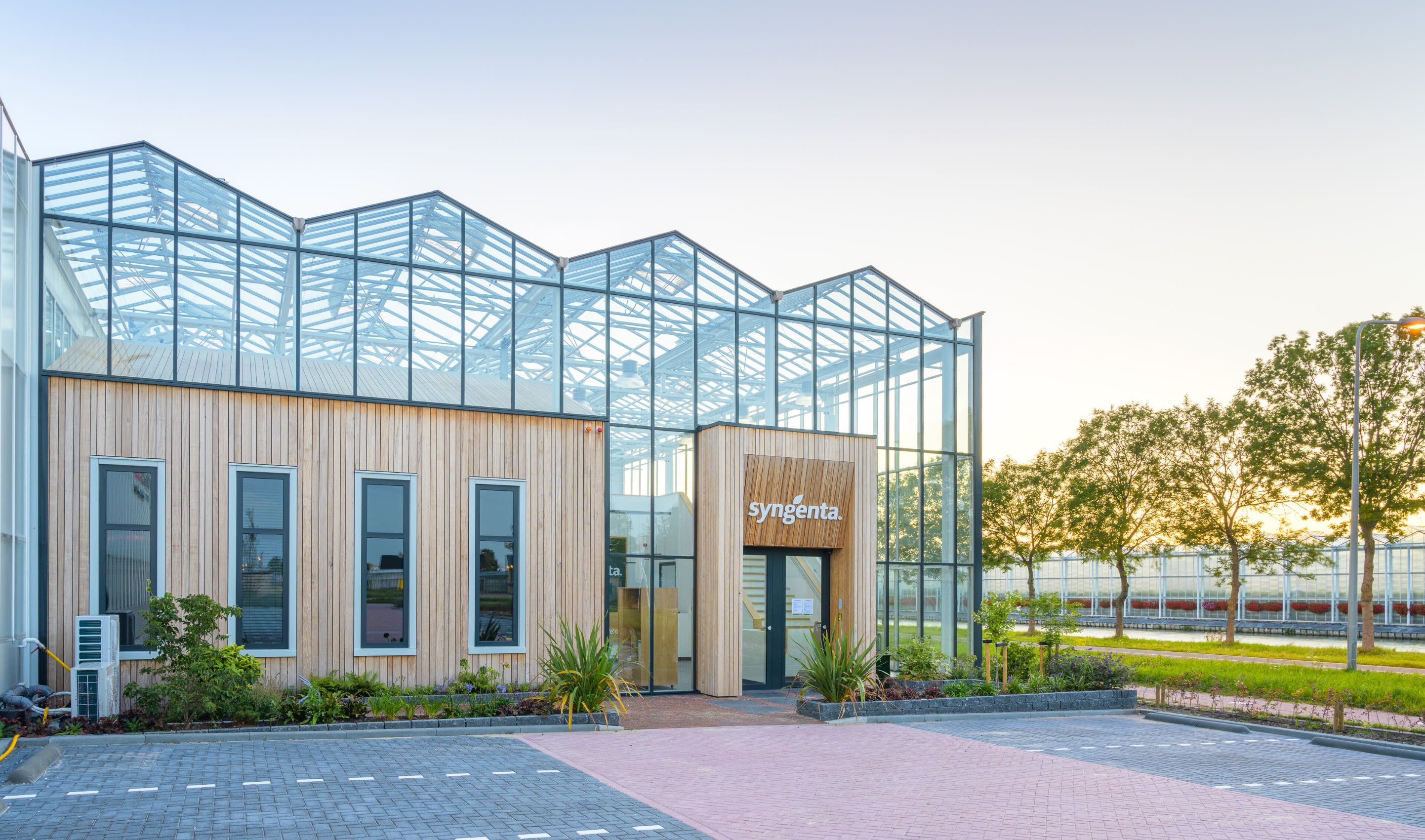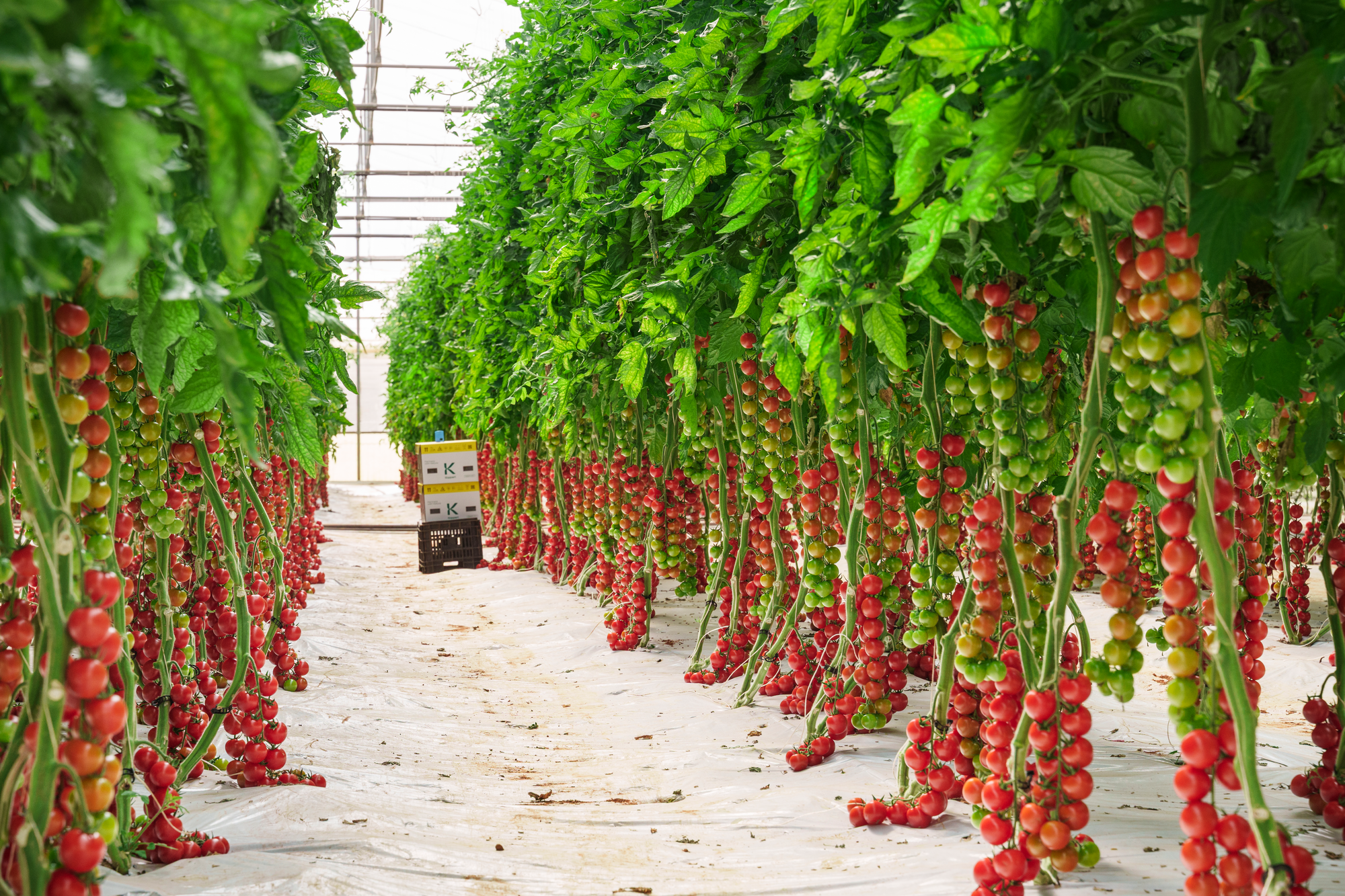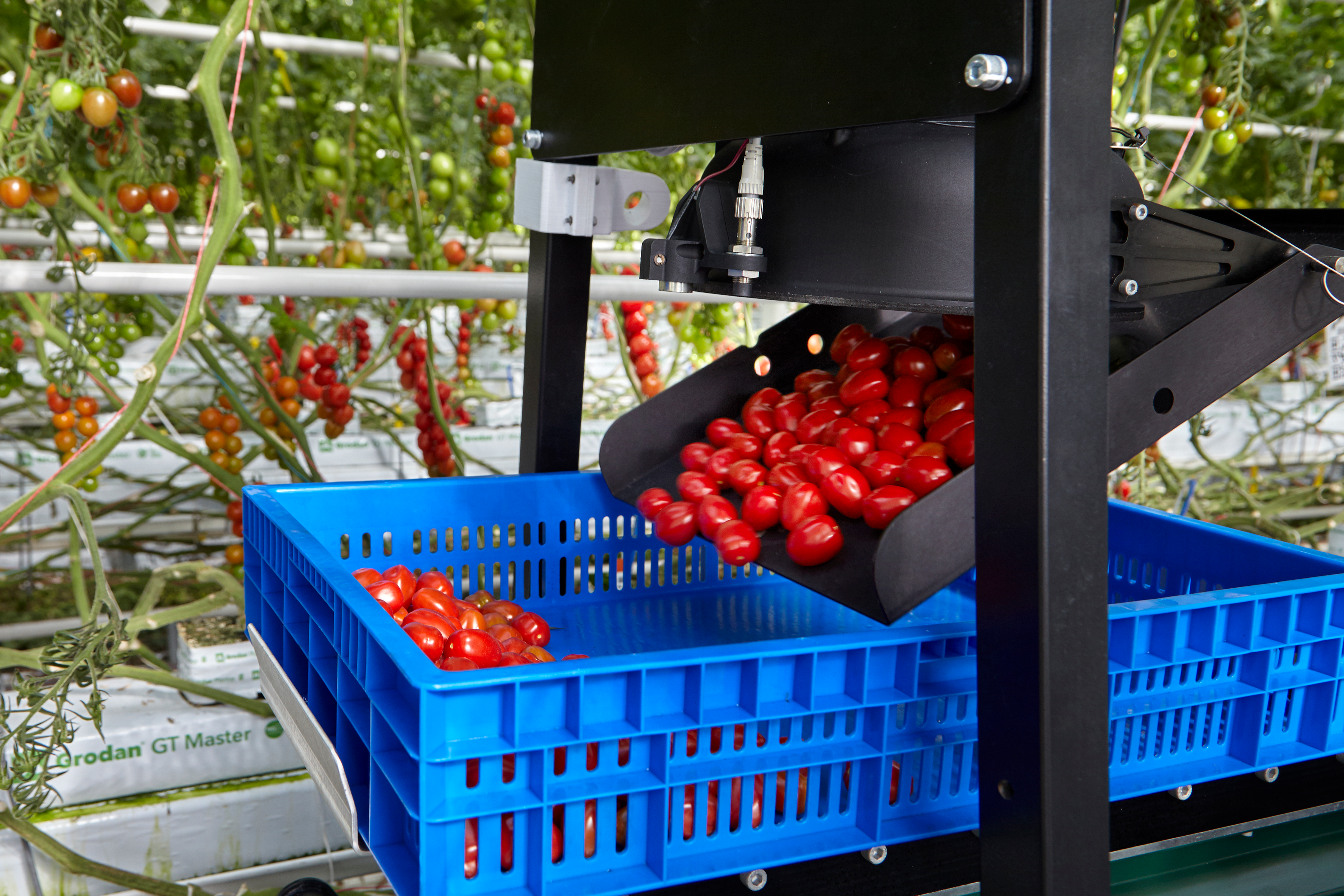Resilient and reliable
The innovations protecting baby plum tomatoes from disease
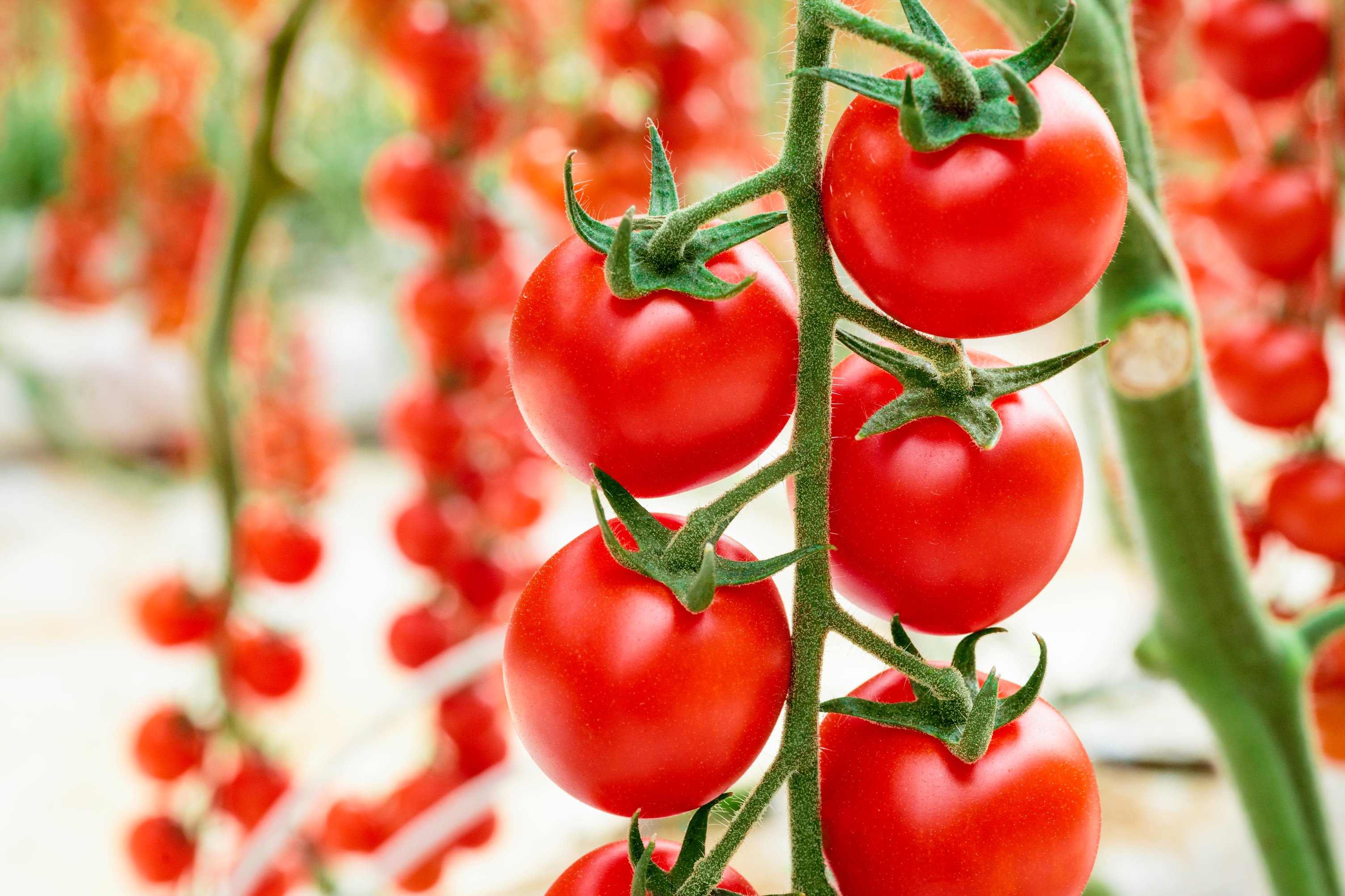
The tomato has been a staple ingredient in soups, sauces, salads, and a variety of dishes for generations.
However, in today’s world of busy lifestyles and increased interest in healthy eating habits, baby plum tomatoes have become a go-to snack around the globe.
Since gaining popularity in the early 2000s, these bite-sized tomatoes have stood out for their sweet flavor, crisp texture, and convenience.
Baby plums are also naturally rich in vitamins A and C, low in calories, and come in versatile packaging, from snack packs to salad kits. Their adaptability makes them a hit with both retailers and health-conscious consumers.
As a leader in vegetable seed innovation, Syngenta played a pivotal role in the 21st century healthy snacking revolution, correctly forecasting changes in consumer eating habits that influenced an evolution in the produce market.
This year, Syngenta is celebrating its 25th anniversary. Check out more of our stories about innovation.
This year, Syngenta is celebrating its 25th anniversary. Check out more of our stories about innovation.
The tomato has been a staple ingredient in soups, sauces, salads, and a variety of dishes for generations.
However, in today’s world of busy lifestyles and increased interest in healthy eating habits, baby plum tomatoes have become a go-to snack around the globe.
Since gaining popularity in the early 2000s, these bite-sized tomatoes have stood out for their sweet flavor, crisp texture, and convenience.
Baby plums are also naturally rich in vitamins A and C, low in calories, and come in versatile packaging, from snack packs to salad kits. Their adaptability makes them a hit with both retailers and health-conscious consumers.
As a leader in vegetable seed innovation, Syngenta played a pivotal role in the 21st century healthy snacking revolution, correctly forecasting changes in consumer eating habits that influenced an evolution in the produce market.
This year, Syngenta is celebrating its 25th anniversary.
This year, Syngenta is celebrating its 25th anniversary.
At Tomato Vision, Syngenta’s state-of-the-art research facility in the Netherlands, breeders are continually pushing innovation even further, working on traits such as higher yields, resistance, enhanced shelf life, and compatibility with robotic harvesting. Only a fraction of innovations make it to market, the focus is on bringing forward the most impactful solutions.
Tomato Vision, Syngenta’s state-of-the-art research facility
Tomato Vision, Syngenta’s state-of-the-art research facility
That’s where data plays a key role. Syngenta uses AI technology to accelerate breeding decisions, collecting precise climate, yield, and crop performance data across diverse environments. This helps researchers to identify what works more quickly, and ensures new varieties are launched with confidence.
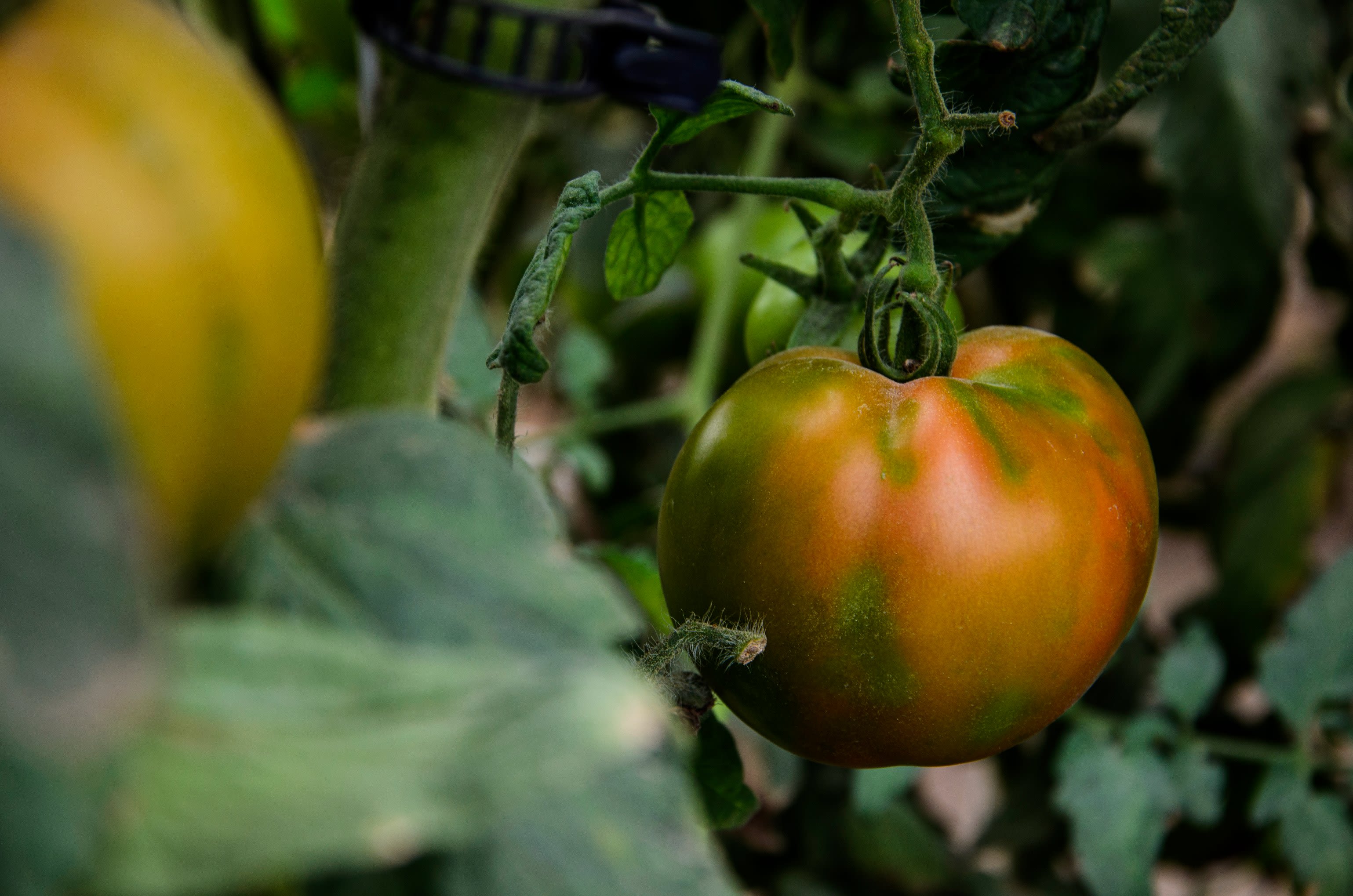

Meeting the challenge of a breakthrough disease
But tomato production faces a major challenge: Tomato Brown Rugose Fruit Virus (ToBRFV). This rapidly spreading disease threatens yields and fruit quality, particularly in baby plums where appearance and taste are paramount.
The impact can be devastating. Symptoms include brown, wrinkled patches on the fruit, discoloration, uneven ripening, deformation, and reduced fruit size.
According to the UK’s Department for Environment, Food & Rural Affairs, ToBRFV can infect up to 100 percent of a crop, with yield losses between 25 to 70 percent due to tomatoes not fit for sale. For growers, this translates to significant economic losses and threatens their livelihoods.
Managing the disease is particularly challenging due to its high transmissibility, persistence, and lack of specific treatments. The virus can spread through simple contact, curtailing the effectiveness of conventional control measures. Even stringent hygiene protocols and careful crop management may not be enough to prevent infection.
Protecting baby plum tomatoes from ToBRFV
Over the years, Syngenta has been instrumental in developing robust, great-tasting baby plum tomatoes. Recent work includes the introduction of five varieties resistant to ToBRFV: Crystelle, Emyelle, Sicybelle, Prodelle and Adorelle.
“As we continue to add new varieties to our lineup, we’re making sure they still taste great,” says Arthur van Marrewijk, Syngenta Technical Manager Active Greenhouse Solanaceae for EAME.
“Consumers love the flavor of our tomatoes and choose them when they shop, so with the introduction of ToBRFV-resistant types, we’re making sure growers can still meet expectations.”
He adds that improved shelf life is another key strength, especially valuable for growers and retailers.
Syngenta’s ToBRFV-resistant baby plum tomatoes are a product of an innovative approach, a blend of traditional breeding and data-driven insights. The resulting crops are tomatoes that meet modern expectations, are resilient in the greenhouse or field, reliable in production, and as tasty as ever in the hands of consumers.
Today, two in five tomatoes sold are snacking tomatoes, a significant change from just 25 years ago. With innovation at the heart of Syngenta’s work, breeders continue to focus on predicting what the future will bring.
ToBRFV resistant baby plum tomatoes
ToBRFV resistant baby plum tomatoes
Tomato Vision Robotics
Tomato Vision Robotics
This year, Syngenta is celebrating its 25th anniversary. We are proud of our continuous innovation and contribution to the food system over the past quarter century. Check out more of our stories about innovation.
This year, Syngenta is celebrating its 25th anniversary. We are proud of our continuous innovation and contribution to the food system over the past quarter century. Check out more of our stories about innovation.


